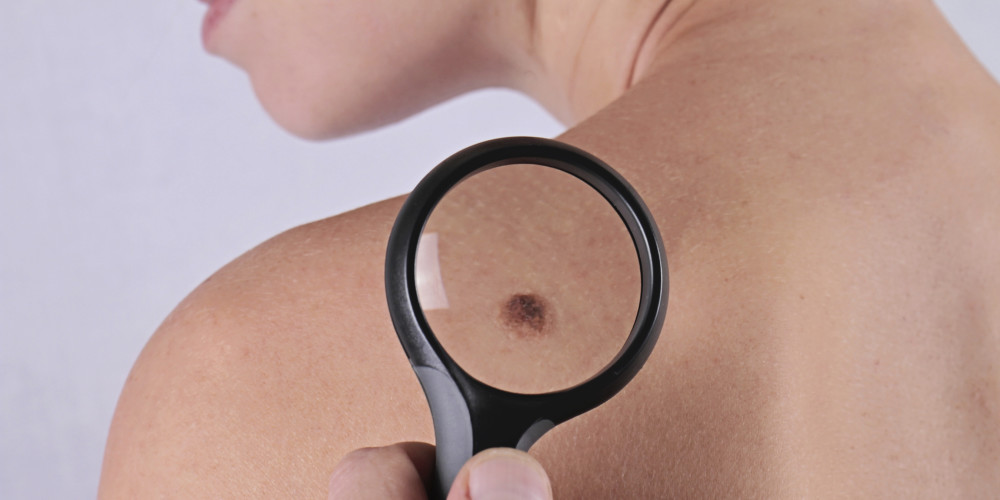May is Melanoma Awareness Month

By Dr. Elizabeth Tanzi
May is Skin Cancer Awareness Month, and May 7th is designated by the American Academy of Dermatology as Melanoma Monday. It is a day that we as dermatologists are focused on raising awareness of malignant melanoma, the deadliest form of skin cancer.
Although skin cancer can affect anyone at any time, men older than 50 are at a higher risk of developing melanoma than the general population. And according to a survey taken by the American Academy of Dermatology in 2016, many men need a refresher course on safe skin information. Only 56% of men know that there is no such thing as a healthy tan as compared to 76% of women. And 54% of men knew that getting a "base" tan is not at all healthy as compared to 70% of women. We need to encourage men to use good sun "sense" and protect their skin by seeking shade when possible, wear sun-protective clothing and generously apply a broad-spectrum, water-resistant sunscreen of at least SPF 30 when outside. And don't forget the hat and sunglasses to protect the scalp, face and eyes.
It is estimated that one person will die from melanoma every hour in the United State. Therefore, it is important to reduce the risk of melanoma by practicing good skin habits. Limit ultraviolet light exposure (the most preventable skin cancer risk factor) from the sun when outside. However, it is also important to learn the early warning signs of melanoma, because it has a very good cure rate (>95%) when detected and treated before it spreads.
Identify the warning signs of melanoma by following the ABCDE's:
A) is for Asymmetry: one half of the mole doesn't match the other
B) is for Border: the edges of the mole are irregular and jagged, not smooth
C) is for Color: melanoma doesn't have to be all black, it can have variable color (black, brown, red, white)
D) is for Diameter: although most melanoma is more than 6mm (size of a pencil eraser), they can start smaller
E) is for Evolving: this is the MOST important sign! If any skin spot is changing in size, shape, or color, it could be dangerous. If you notice any spots changing, itching, or bleeding on your skin, see a Board-Certified dermatologist for an evaluation.
The American Academy of Dermatology wants everyone to have a fun and skin safe summer season. If you would like to learn more about skin cancer or how to perform a self-skin exam, check out www.SpotSkinCancer.org.
